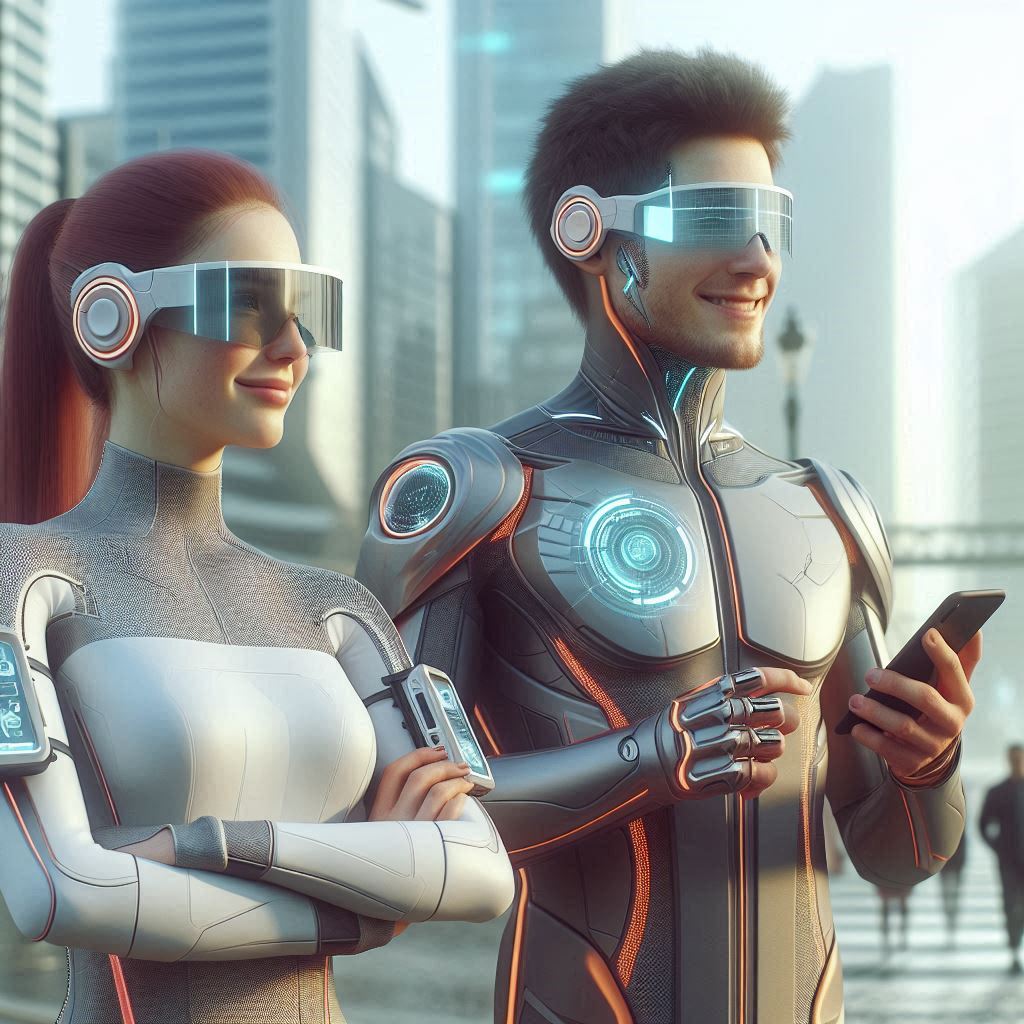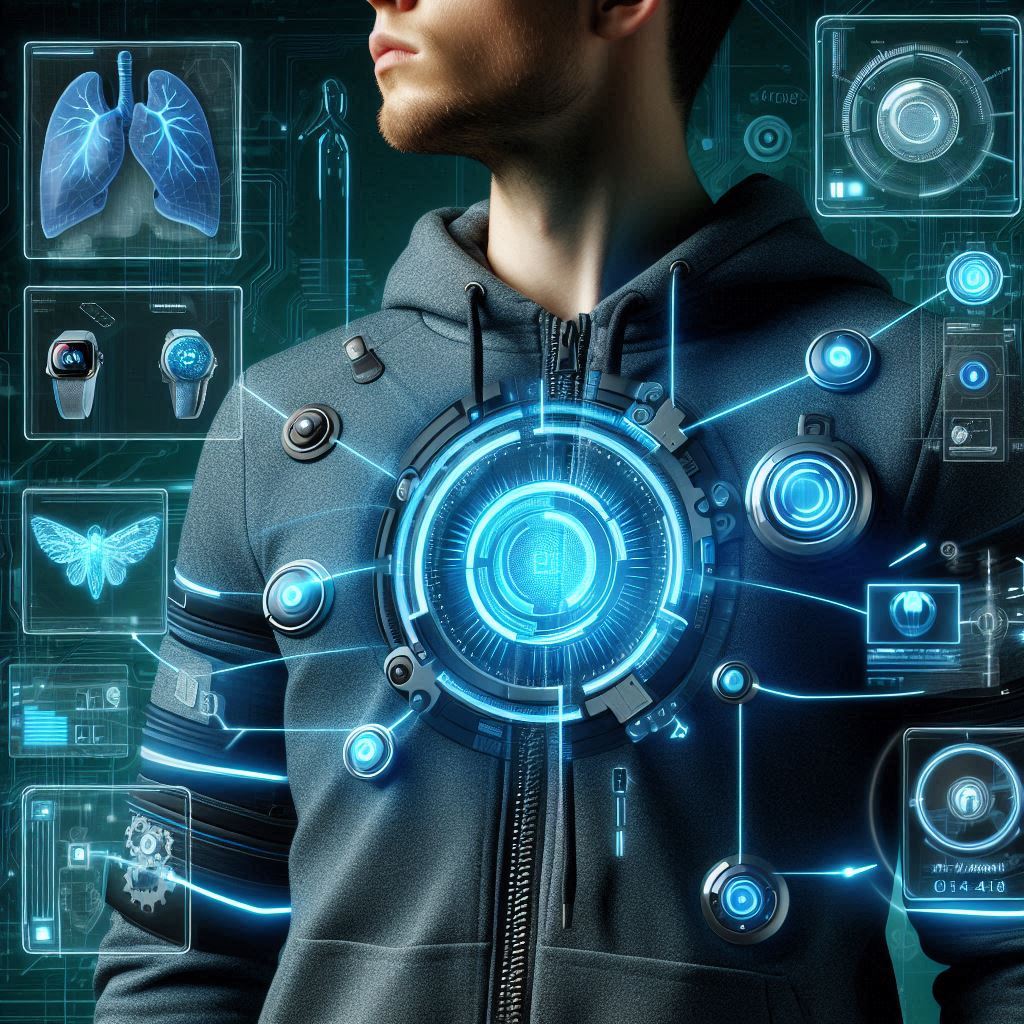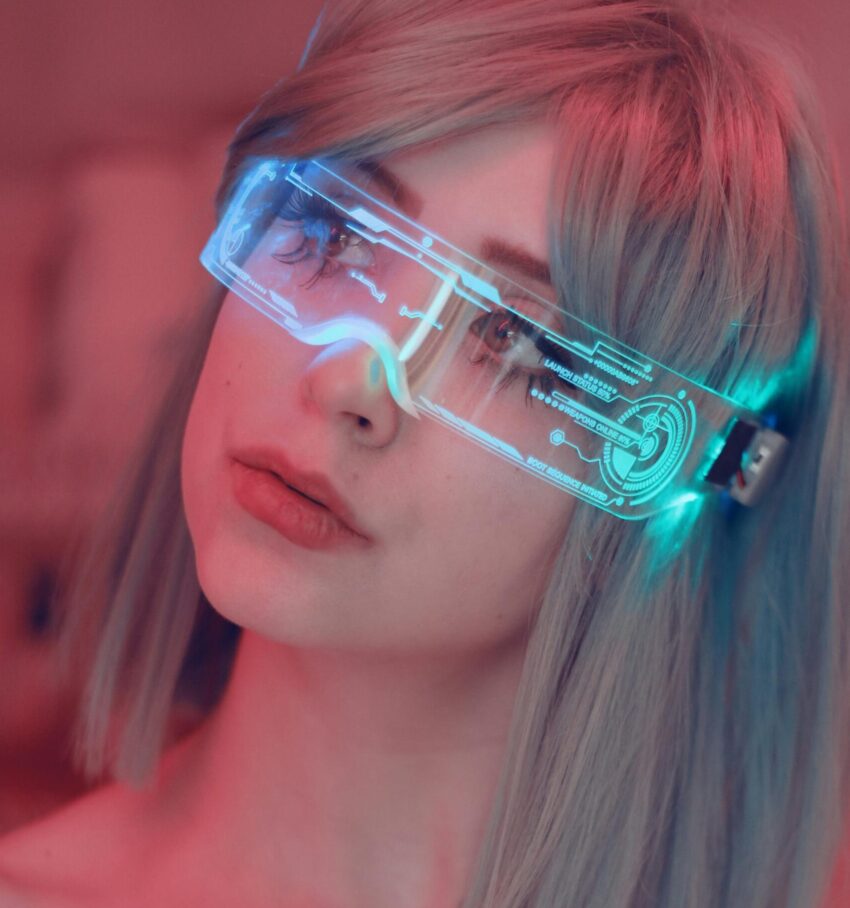Imagine a world where the clothes you wear don’t just fit your body, but interact with it, adapt to your environment, and enhance every aspect of your daily life. In this future, wearable technology goes beyond smartwatches and fitness trackers, becoming a key part of how we work, play, and even communicate.
As technology advances, fashion and tech are merging, creating exciting opportunities for startups to innovate and reshape what we wear in new, unimaginable ways. For example, fabrics that adjust their temperature and real-time health monitors woven into our jackets are just the beginning. This future of wearable tech can revolutionize not just what we wear, but how we experience the world around us. This transformative shift in fashion and tech unlocks endless possibilities, allowing us to reimagine our daily interactions.
Inspiring Innovation in Wearable Tech
This post is designed to be a source of inspiration for startups and entrepreneurs looking to tap into the growing field of wearable technology. Below, we’ll explore 15 cutting-edge ideas that could spark your next big project.
Whether you’re just starting out or already deep in the world of innovation, these concepts offer a solid foundation to develop your own unique wearable tech solutions. As the industry continues to expand, staying ahead of trends and pushing creative boundaries will be essential. By exploring these ideas, you’ll gain valuable insights into the future of wearable tech.
A Call to All Innovators
For all the innovators out there, these ideas are meant to spark your creativity. If you’re looking for new ways to enter the wearable tech space or simply need a fresh push, this list provides a great starting point to think about how wearable tech can shape the future of fashion and beyond. Embracing these innovations will help you stay competitive in an ever-evolving market.
In this list, you’ll find technologies that are still in development or are currently used only in professional institutions. Some of these innovations exist but aren’t yet available to the public, while others have the potential to form the foundation of new startups or projects. The ultimate goal is to make these advanced technologies accessible to everyone—available in every store—and bridge the gap between professional-grade wearables and everyday consumer products.

Here’s a list of 15+ futuristic wearable tech ideas set to transform how we live, work, and interact
1. Smart Adaptive Clothing
- Clothing that dynamically adjusts shape, style, or fit based on user preferences, body measurements, or environmental conditions. Includes AI-driven tailoring for a bespoke experience.
2. Emotion-Responsive Wearables
Wearables that detect and respond to emotional states through biometric sensors. Examples include:
- Fabrics that change color or texture.
- Accessories that light up or change designs.
- Bracelets that track emotions and suggest mindfulness or relaxation techniques.
3. Projection & Holographic Wearables
Wearables integrated with holographic or projection technology to merge digital content with physical fashion. Applications include:
- Augmented reality coats for navigation and visuals.
- Dresses that project interactive holograms.
- Wristbands, glasses, and other devices for holographic displays in gaming, work, or communication.
4. Energy-Harvesting Wearables
Garments and accessories capable of harvesting kinetic, solar, or thermal energy to power devices. Examples include:
- Jackets with integrated solar panels.
- Smartwatches or small devices powered by body heat or movement.
5. Environmental Quality Monitoring Wearables
Wearables designed to ensure personal health by monitoring environmental factors. Examples include:
- Scarves, neckbands, or bracelets that detect and filter pollutants in the air.
- Devices that test water quality by detecting contaminants like lead or bacteria in real time.
- Wearables capable of scanning food for freshness, allergens, or harmful chemicals using embedded sensors.

6. AI-Enhanced Wearables
Wearables with embedded AI for personalized assistance and advanced functionality. Examples include:
- Clothing that learns habits and adjusts temperature or material texture.
- Accessories like voice-controlled hats or scarves integrated with virtual assistants.
- Smart jewelry for health tracking, GPS, or contactless payments.
7. Augmented Reality & Virtual Reality Gear
Wearables designed to enhance AR and VR experiences, including:
- Bodysuits with haptic feedback for immersive gaming.
- Contact gloves for precise hand tracking and tactile feedback.
- AR-enabled smart glasses and contact lenses for navigation and work.
8. Health-Tracking and Bio-Responsive Wearables
Wearables that monitor health metrics and respond to the body’s needs in real time. Examples include:
- Workout gear that cools you down or boosts energy.
- Patches, rings, or clothing that analyze hydration, sleep, fat or vitamin levels.
- Wearables with neural stimulation for focus or memory enhancement.
9. Stress-Reduction Wearables
Wearables designed to reduce stress and improve well-being. Examples include:
- Hoodies with AI-guided meditation systems and calming features.
- Devices that use vibrations, sound, or light therapy for anxiety relief.
10. Exoskeletons and Strength-Enhancing Wearables
- Wearable devices like sleeves or full-body exoskeletons that amplify strength, assist muscles, and reduce fatigue, ideal for physical work or fitness recovery.
11. Smart Gesture-Controlled Wearables
Wearables that allow interaction with devices or systems using gestures. Examples include:
- Gloves for IoT control or VR interaction.
- Mind-controlled earbuds or devices for intuitive adjustments.
12. Sustainable and Self-Healing Wearables
Clothing and accessories designed for sustainability and durability, including:
- Self-repairing fabrics using nanotechnology.
- Solar-powered hats or jackets with integrated cooling systems.
13. Personalized Fragrance Wearables
- Garments that release micro-doses of customizable fragrances based on mood or setting, offering a unique sensory experience.
14. Interactive Social Wearables
Wearables that connect users socially and digitally, such as:
- Clothes that display social media activity or personal branding through holograms.
- Accessories that reflect emotional responses of nearby people to foster empathy.
15. Intelligent Accessories and Jewelry
Stylish yet functional wearables, including:
- Compact devices that test food and drink for allergens, toxins, or spoilage before consumption.
- Hearing aids with real-time translation and sound optimization.
- Smart rings, bracelets, or necklaces for health tracking and connectivity.
Conclusion
The future of wearable technology is brimming with endless possibilities, transforming not only how we interact with fashion but also how we care for our health and environment. As innovation continues to push boundaries, these ideas are just the beginning of a new era in personal technology. If we prioritize sustainability alongside progress, we can create high-quality, eco-friendly products that benefit both individuals and the planet. Embrace the future, and let these advancements inspire you to innovate with purpose, reimagining what’s possible in our everyday lives while ensuring a positive impact on the world around us.
This blog post was written with the assistance of Copilot and ChatGPT, based on ideas and insights from Edgar Khachatryan. Photos from Pexels.
